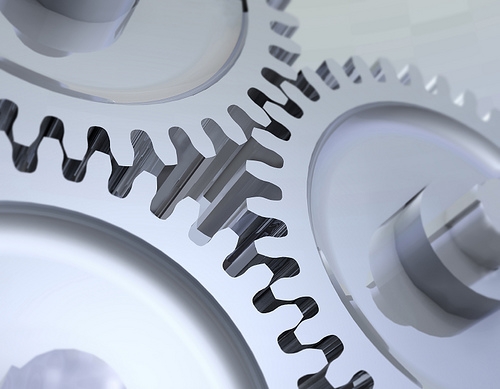
The labyrinth of passages cast into an automatics transmission's valve-body and the parts used in it are the most determining factors of its shift characteristics. An aftermarket shift kit increases both transmission performance and longevity.
Valve bodies are hydro-mechanical mechanisms that use fluid pressure, RPM and external inputs to control shift characteristics, such as shift firmness and shift points.
All transmissions are set from the factory to allow some slippage between gear changes for smoother shifting. Most shift kits are designed to reduce this slippage to make shifts faster.
Transmissions are set from the factory to up-shift or down-shift at a certain RPM, which can change by throttle position. Most shift kits raise this RPM slightly to more efficiently exploit the engine's upper-RPM power.
Reducing slippage allows the engine to spend less time between gears and more time accelerating the vehicle. This can lead to significantly better 0-to-60-mph times in some vehicles.
Slipping clutches create heat, which causes them to break down over time. Reducing slippage can slightly increase the transmission's torque capacity and decrease heat and clutch wear.